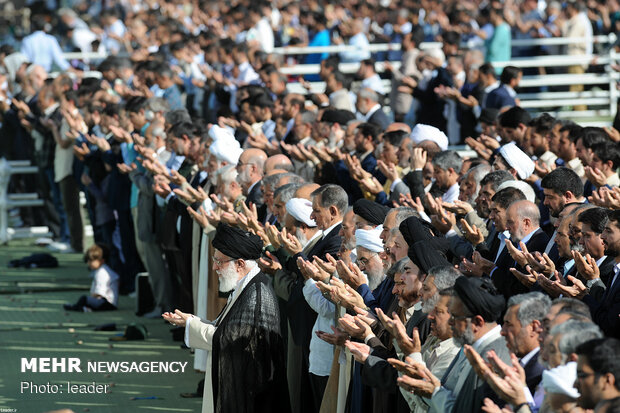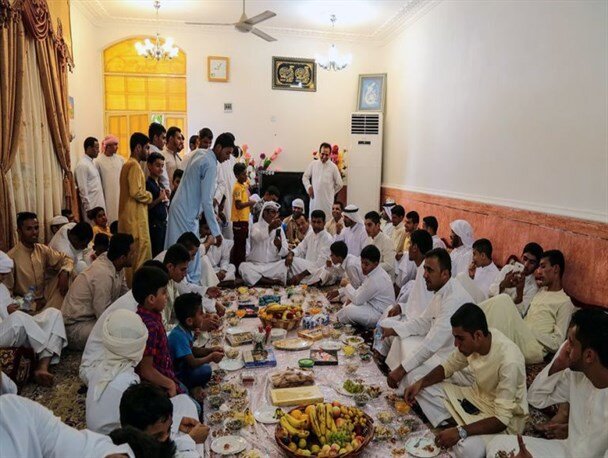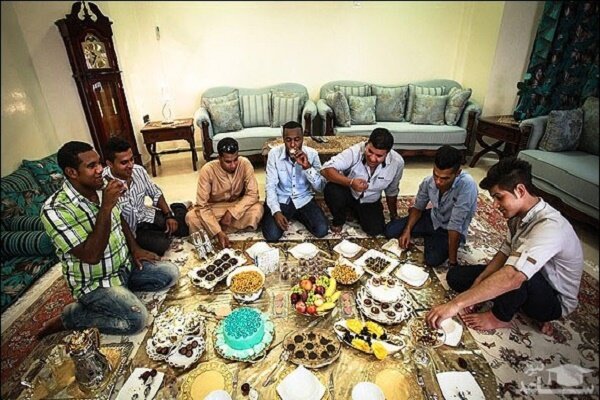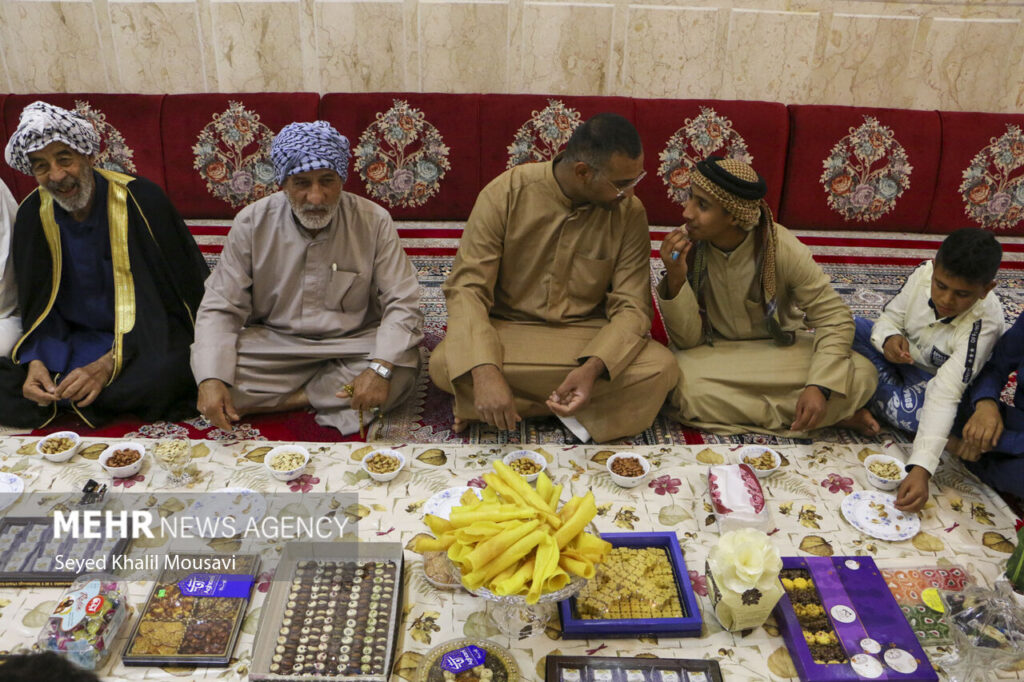In Eid Al Fitr, Muslims thank and express their gratitude to Allah (God) for providing health and resistance to them during Ramadan. They wear new clothes, prepare special delicacies, do charity, and come with their loved ones.
Iranians, like other Muslims around the world, mark Islamic events in Eid al-Fitr after a month’s fast from dawn to dusk.
Because Iran has many different ethnic groups, people in each Iranian province have a unique tradition on every occasion, including St. Eid al-Fitr.

One of Eid al-Fitr’s most famous rituals is prayer. The Eid al-Fitr is one of the recommended prayers held as a congregational prayer on the morning of Eid during a particular ritual. Prayers are held anywhere in the country.
Other major traditions associated with Eid al-Fitr include observing the moon, buying and wearing new clothes, giving food and money to the poor, and paying for Zakat Al-Fitr.
Eid al Fitr of Gilan and Mazandaran
The northern Iranian people live in the provinces of Gilan and Mazandaran, and will gather on the last night of Ramadan and have relatives and iftars.
They celebrate Eid by wearing local clothes and having food in nature.
The people of Gilan and Mazandaran also present charities at Eid Al Fitr.

Eid Al Fitr of Hormozgan
People in Hormozgan, like other states, have special habits in Eid al-Fitr. Baluch and Sunni residents of Hormozgan are holding special rituals at this Eid.
Eid is especially important to the people of Hormozgan, so they bless each other for three days.
They pay Zakat al-Fitr before their prayers, and after their prayers, they go to the cemetery and pray for the dead.
They also wear new clothes and gather at the family seniors’ home for lunch.
Eid al Fitr of East Azarbaijan
Elderly people in the area went on the roof to observe the new moon.
The Azari people read Duas after observing the moon in Showal.
Eid Al Fitr of Eid Yazd
On Eid Day, the Yazd people fulfill their vows and give free food as charity.
The Yazd woman also baked cookies and took her to the house where she attended the Quran reading ceremony during Ramadan.

Eid Al Fitr of Carman
The Kamani people, like other Muslims, will give Eid al-Fitr prayers on Eid Day to help the poor.
They also visit relatives who have recently lost their dear one and are expressing their significance of sad dol.
Family praying for the dead and visiting family is Karman’s other Eid ritual.
Eid Al Fitr of Laurestan
The people of Lorestan prepare for Eid by cleaning their homes and washing the valleys.
Ladies in Lorestan make traditional sweet halba and share it with their neighbors and family.
Many Lorestan couples choose Eid Al Fitr days to host their wedding.
Kohgiluyeh and Boyer-Ahmad’s Eid al-Fitr
Eid al-Fitr is the day of settlement between Kohgiluyeh and Boyer-Ahmad. According to the old tradition, on this day, elders mediate and remove resentment between people.
Republished

